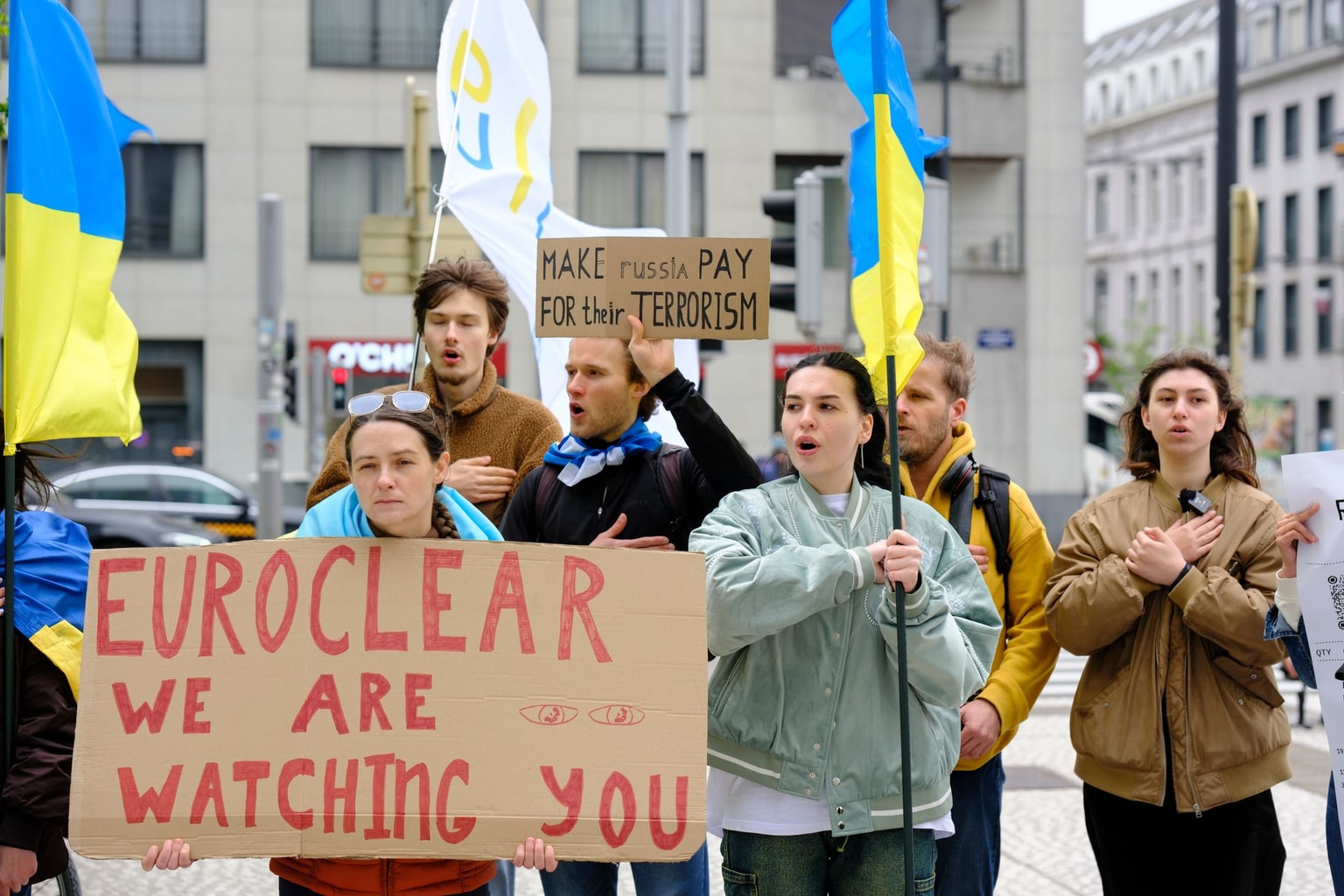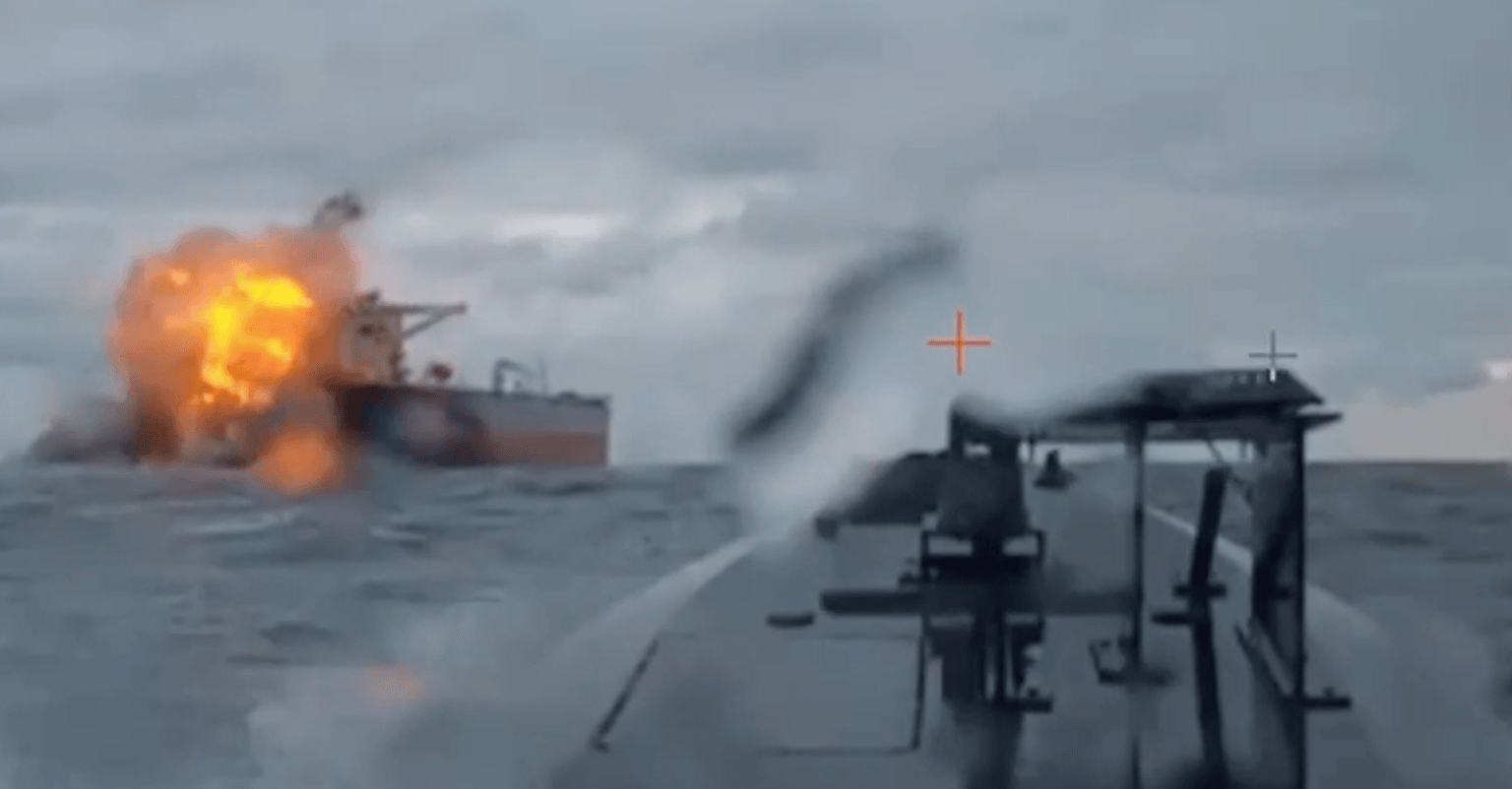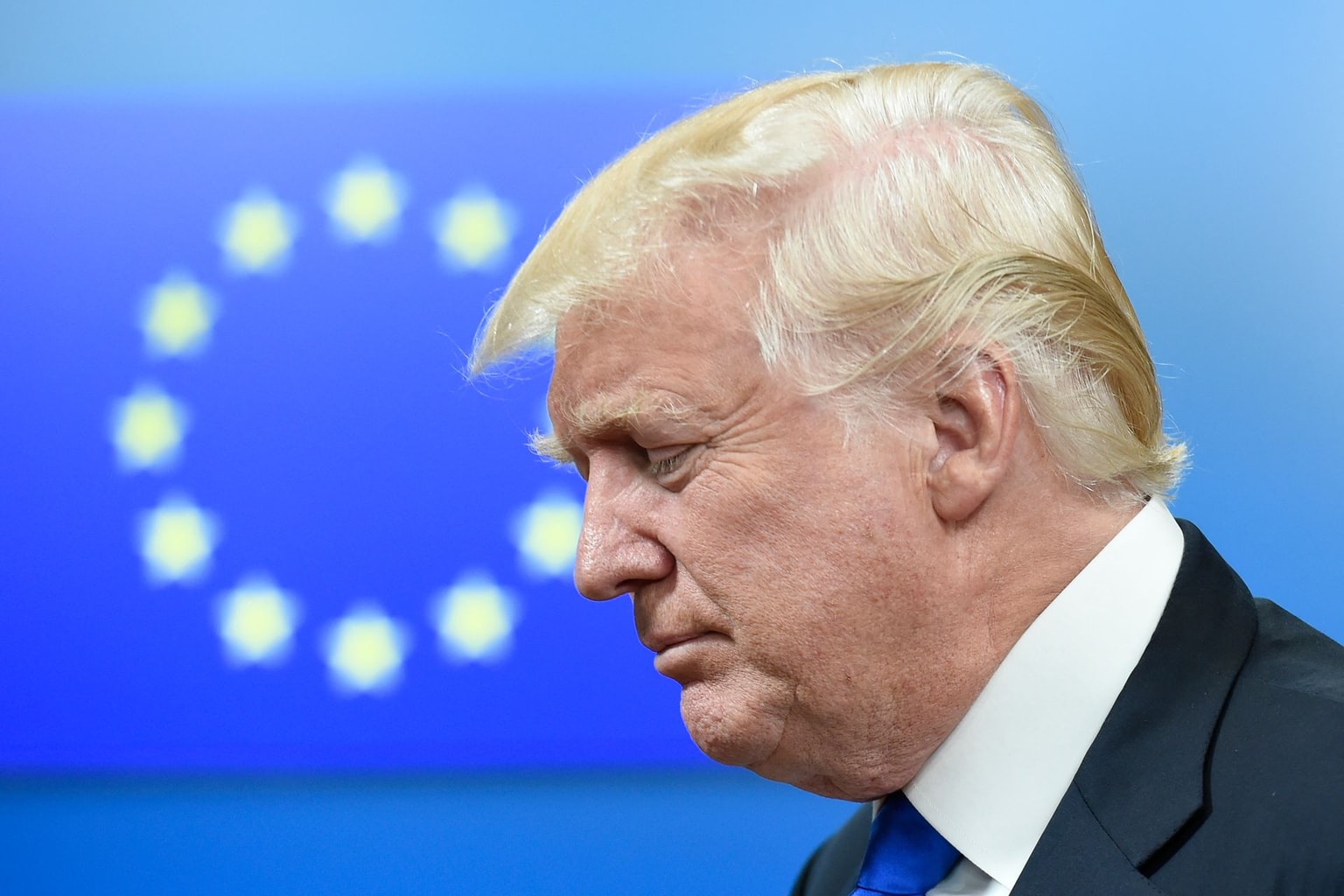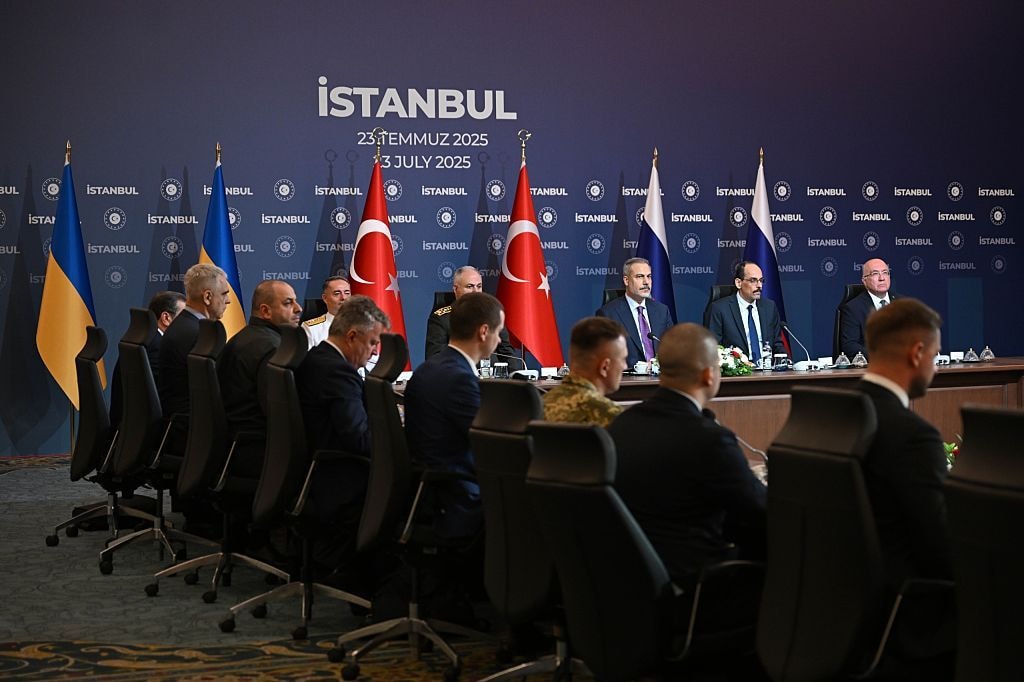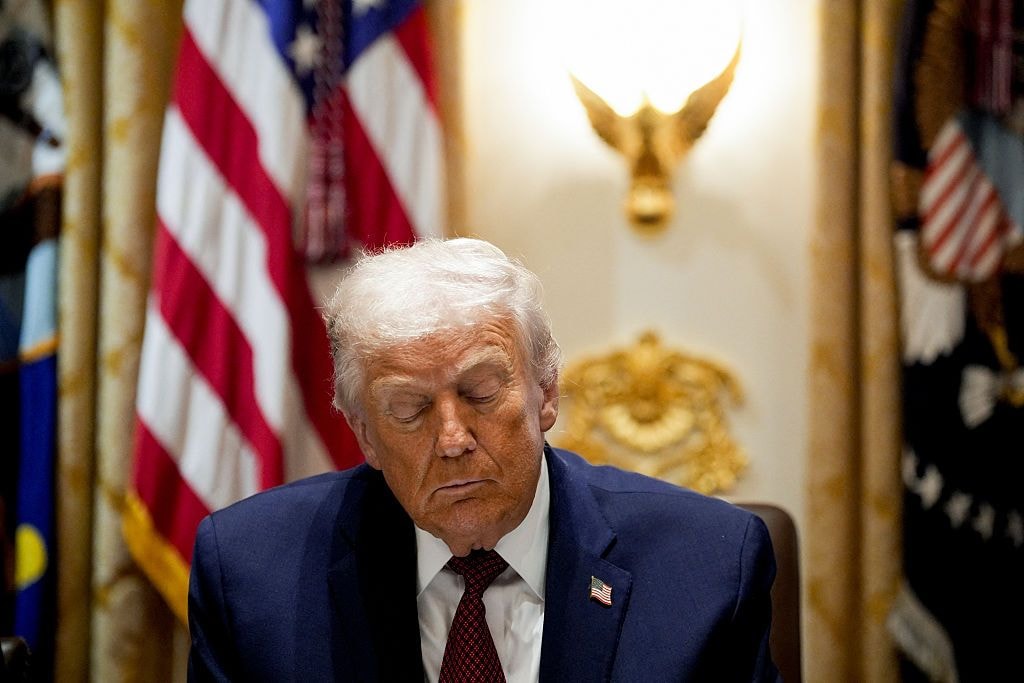Ukraine war latest: Kyiv may use British weapons to strike targets inside Russia, Cameron says

Key updates on May 3:
- Ukraine may use British weapons to strike targets inside Russia, Cameron says
- Military intelligence general: Chasiv Yar's fall probably a matter of time
- Military intelligence carries out cyberattack in Russia's Tatarstan
- Commander: Russia aims to completely occupy 3 oblasts in 2024
- Media: Italy to give Ukraine SAMP/T air defense system in new aid package.
Britain pledged three billion pounds ($3.74 billion) in annual military assistance to Ukraine, U.K. Foreign Secretary David Cameron announced on May 3, adding that it would continue "as long as it takes."
He assured that London had no qualms about the possibility of the provided weaponry being utilized within Russian territory.
The visit follows U.K. Prime Minister Rishi Sunak’s announcement that the U.K. will spend 2.5% of GDP on defense, and commit to at least three billion pounds a year on military support to Ukraine.
"We will give three billion pounds every year for as long as is necessary. We've just really emptied all we can in terms of giving equipment," he said in an interview with Reuters on a visit to Kyiv.
"Some of that (equipment) is actually arriving in Ukraine today, while I'm here," Cameron said outside St. Michael's Cathedral in downtown Kyiv.
Cameron added that Ukraine had a right to use the weapons provided by London to strike targets inside Russia, and that it was up to Kyiv whether to do so: "Ukraine has that right. Just as Russia is striking inside Ukraine, you can quite understand why Ukraine feels the need to make sure it's defending itself."
The U.K. has consistently voiced strong support for Ukraine, alongside the U.S. and Germany. The country has pledged 12.5 billion pounds ($15.6 billion) in support to Ukraine since February 2022, of which 7.6 billion pounds ($9.5 billion) in military assistance.
"We must all step up to ensure Ukraine has what it needs to win," Cameron said. "Through our multi-year military funding, weapons provision, and vital support to protect and repair Ukraine’s energy infrastructure, the U.K. is standing with Ukraine."
The Foreign Office also announced that the U.K. and Ukraine had begun negotiations on the creation of a "100-Year Partnership" between the two countries.
Without providing specific details, the proposed partnership would "build enduring links between our two countries across the spectrum of trade, security and defense cooperation, science and tech, education, culture, and much more."
"The U.K.'s commitment to developing this Partnership is a clear signal of its intent to build close and enduring cooperation with Ukraine, and the Ukrainian people, for decades to come," the announcement concluded.
The Kyiv Independent has reached out to the Foreign Office for more concrete information about the proposed partnership.
Military intelligence general: Chasiv Yar's fall probably a matter of time
The fall of the embattled Donetsk Oblast town of Chasiv Yar in a way similar to Avdiivka is probably a matter of time, a military intelligence deputy head, Major General Vadym Skibitsky, said in an interview with The Economist published on May 2.
"Not today or tomorrow, of course, but all depending on our reserves and supplies," the general added.
Russian forces shifted their focus toward Chasiv Yar, an elevated town that potentially opens the way to further advances into the oblast, after capturing Avdiivka in February.
Ukraine is also facing a difficult situation near the village of Ocheretyne, a village some 15 kilometers (nine miles) northwest of Avdiivka, where Moscow's troops have reportedly managed to create a salient.
Skibitsky believes that as its first goal, Russia will seek to capture the rest of Donetsk and Luhansk oblasts.
Looking further ahead, the Kremlin is likely preparing for an offensive around northeastern Sumy and Kharkiv oblasts, with the main push likely to begin at the end of May or early June, Skibitsky suggested. Other Ukrainian officials have also mentioned this timeline.
Russia's group of forces around the Kharkiv Oblast border is currently 35,000-strong but set to expand to 50,000-70,000 troops, according to the general.
While this is not enough to capture a major city, it could be sufficient for smaller tasks, he clarified: "A quick operation to come in and come out: maybe. But an operation to take Kharkiv, or even Sumy city, is of a different order."
May will be a key month, as Russia is preparing a three-step plan to destabilize Ukraine, the general said.
The first part relates to military pressure. Even though the U.S. finally approved a $61 billion aid bill for Ukraine, it will likely take weeks before it can make an impact on the battlefield, giving Russia some time to press forward.
The second phase is a disinformation campaign aimed at undermining the Ukrainian leadership and the mobilization push. Many observers have criticized Kyiv's delayed draft efforts, which resulted in manpower shortages, but the country finally passed an updated mobilization bill in April.
Skibitsky acknowledged that the manpower situation has somewhat improved since December 2023 but said that the emergency is far from over.
As the third step, Russia will seek to isolate Ukraine internationally, the officer said.
According to Skibitsky, the main unknown factor is Europe and the issue of whether it will be able to ramp up its defense production to help Ukraine and stave off further Russian aggression.
Looking at the possible end of the ongoing war, the intelligence officer believes that battlefield victories alone would not be sufficient. Even if Ukraine manages to push Russian forces from its borders, wars like this eventually have to end in treaties, he said.
Both sides are now contesting for "the most favorable position," but any real talks can begin only in the second half of 2025 at the earliest, the general estimated. Skibitsky thinks that by then, Russia will also face significant challenges, as its arms production will reach a plateau by early 2026 due to a shortage of materials and engineers.

Military intelligence carries out cyberattack in Russia's Tatarstan
Ukraine's military intelligence carried out a large-scale cyberattack in Russia's Tatarstan on May 3, a source in the agency confirmed to the Kyiv Independent.
The attack reportedly targeted internet providers and mobile operators in the Russian republic.
The Ukrainian media outlet NV, citing sources, reported that the Alabuga special economic zone was the main target.
NV wrote that it was a denial of service (DDoS) attack, which effectively blocked internet access in Tatarstan's capital of Kazan, Russia's fifth largest city.
The press service for Tattelecom, one of the largest telecommunications operators in the republic, said that it was the most powerful cyberattack on its networks in the history of the company.
Alabuga, which reportedly hosts a factory that produces Shahed-type drones, has previously been the target of Ukrainian attacks.
Ukrainian forces struck drone factories in the cities of Yelabuga and Nizhnekamsk in April, located about 1,300 kilometers (around 800 miles) away from the Russia-Ukraine border, Ukraine's military intelligence agency reported.
The strikes, which were some of Ukraine's longest-distance attacks into Russian territory, were reportedly carried out with domestically-produced weapons.
Commander: Russia aims to completely occupy 3 oblasts in 2024
Russia's goal in 2024 is to completely occupy Donetsk, Luhansk, and, if possible, Zaporizhzhia oblasts, Ukraine's Ground Forces Commander Oleksandr Pavliuk told The Times on May 2.
Russia is likely trying to take as much territory as possible before the impact of the recently passed U.S. aid bill for Ukraine can be felt on the battlefield.
Chasiv Yar, a town in Donetsk Oblast, remains one of Russia's key targets as it could facilitate further advances toward the nearby cities of Kostiantynivka, Kramatorsk, and Sloviansk, the Ukrainian military said.
Russian forces reportedly aim to capture Chasiv Yar by May 9, in time for the celebration of cult-like Victory Day in Russia. Pavliuk believes that it will not happen.
"We are trying everything we can do to stop the Russian plan to capture Chasiv Yar before May 9," the commander said.
"But the Russians have a 10-to-one ratio of artillery superiority there, and total air superiority," Pavliuk added.
The commander hopes that fresh billions in U.S. military aid, which had been stalled for nearly seven months, will impact the Ukrainian battlefield.
"We will do everything we can to prevent a Russian breakthrough, and we hope that the American weaponry will help us. If it had arrived in time, we would not have lost the territories that we have lost in the last few months."
Apart from completing the occupation of three oblasts, Russian forces are still focused on capturing the regional centers of Kharkiv and Sumy, located proximately to the Ukrainian-Russian state border, as well, according to Pavliuk, who cited Ukraine's military intelligence.
"But we do not know how serious those plans are, nor if they are capable of realizing them with the forces they have at their disposal," he said.
The commander also expects the number of Russian troops to increase this year as the Russian summer offensive is looming.
"We believe the Russians want to mobilize 100,000 more troops and that they will use these to reinforce their forces already in Ukraine in June and July," Pavliuk said.
"By the end of the year, we think that the Russians intend to mobilize nearly 300,000 more soldiers. But also they are losing nearly 25,000 to 30,000 per month in dead and wounded."
Media: Italy to give Ukraine SAMP/T air defense system in new aid package
The Italian government is readying its new defense aid package for Ukraine that will include, among others, a SAMP/T air defense system, the Italian news outlet La Repubblica reported on May 2.
Ukraine has asked international partners to deliver more air defense in the wake of an increase in Russian strikes targeting energy infrastructure since March.
Previously, France and Italy jointly supplied Ukraine with a SAMP/T system back in 2023.
The new advanced air defense system Italy allegedly plans to deliver was deployed in Slovakia. Slovak Prime Minister Robert Fico, known for his Ukraine-skeptic stances, said in March that Rome decided to pull back the system from his country.
The decision by the Italian government to provide another SAMP/T is reportedly linked to the worsening battlefield situation in eastern Ukraine, as Russia seeks to break through Ukrainian defense lines.
The new defense aid package will also allegedly include artillery and Stinger anti-air missiles, La Repubblica writes. It remains unclear whether Italy will agree to supply any of the available 100-200 Storm Shadow long-range missiles, according to the outlet.
The La Foglio outlet reported, citing NATO sources, that the decree on the new aid package may be published within the next few days or the next week. However, La Repubblica wrote that the package should be presented by the upcoming Group of Seven (G7) summit in Italy, which will begin on June 13.
The Kyiv Independent could not verify the claims as the Italian government has not made a public announcement.
According to the Kiel Institute for the World Economy (IfW Kiel), which tracks international aid for Ukraine, Italy has provided Ukraine with 1 billion euros ($1.1 billion) in defense assistance as of late February.





